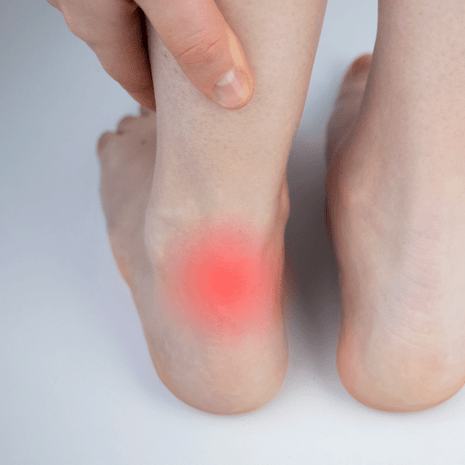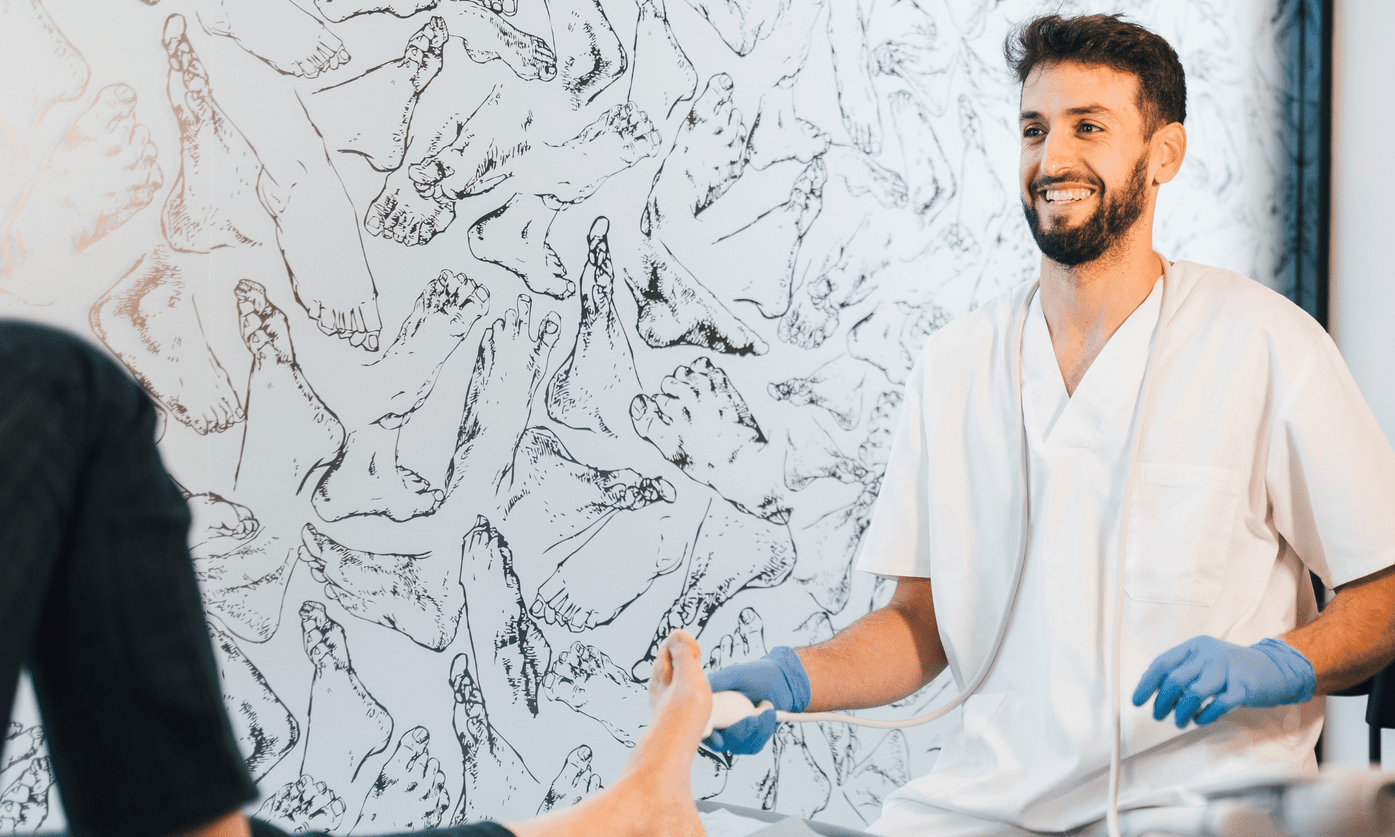Achilles Tendinopathy Treatment
at Foot Foundation
Achilles tendinopathy causes pain 2–6 cm above the heel due to tendon overload and degeneration. It’s common in runners, athletes, and active adults, often worsened by poor biomechanics or training errors.
At Foot Foundation, we combine exercise therapy, shockwave, orthotics, and rehabilitation programs to restore tendon health and get patients back to activity safely.
What is Mid-Portion Achilles Tendinopathy?
Mid-portion Achilles tendinopathy is a degenerative overload condition of the Achilles tendon, typically located 2–6 cm above the heel bone. The tendon undergoes collagen breakdown, disorganisation, and thickening due to repetitive microtrauma. This reduces its ability to tolerate load, resulting in pain and stiffness.
It is not a purely inflammatory process. Instead, it represents a failed healing response, meaning anti-inflammatory medication alone is rarely sufficient. Specialist loading programs and advanced therapies are required to restore tendon health.
Causes & Risk Factors
Repetitive overload at the tendon insertion
Compressive stress from ankle dorsiflexion (uphill running, stair climbing)
Biomechanical factors – flat feet, high arches, restricted ankle mobility
Poor footwear – stiff heel counters, lack of cushioning
Calf tightness – increased strain on the tendon insertion
Age-related degeneration – reduced tendon elasticity and vascularity
Haglund’s deformity – bony enlargement at the back of the heel contributing to irritation
Sports and activity load – common in runners, jumpers, and athletes with repetitive stress
Treatment at Foot Foundation
Exercise therapy – eccentric loading and heavy-slow resistance programs proven to restore tendon function
Shockwave therapy (ESWT) – stimulates tendon healing in chronic cases
Custom orthotics – correct abnormal biomechanics and reduce tendon strain
Heel lifts – temporary offloading during painful stages
Manual therapy and calf release – improve flexibility and reduce compensatory loading
Footwear modification – cushioned, supportive shoes with slight heel elevation
Return-to-sport planning – structured, graded rehabilitation to prevent recurrence
Symptoms
Pain and stiffness at the back of the heel, directly at the tendon’s attachment
Pain aggravated by uphill walking, stairs, or deep squatting
Swelling and tenderness over the tendon insertion
Pain with footwear pressing on the heel
In advanced cases, visible thickening or bony prominence at the heel
Diagnosis
At Foot Foundation, diagnosis is made through:
Clinical history and palpation of the tendon insertion
Functional testing (heel raises, stair climbing)
Assessment of calf tightness and ankle range of motion
Footwear and gait analysis
Imaging (ultrasound or X-ray) to confirm tendon degeneration, calcification, or spur formation, and to rule out retrocalcaneal bursitis
Achilles Tendinopathy – FAQs
“Tendonitis” suggests acute inflammation. Achilles tendinopathy is degenerative, not purely inflammatory, meaning anti-inflammatory medication alone is unlikely to resolve it. Treatment focuses on restoring tendon structure and load tolerance.
With early intervention and correct loading, improvement is often seen within 8–12 weeks. Chronic cases may take 3–6 months or longer. Without treatment, symptoms may persist for years.
Specialist loading programs are essential. Eccentric heel drops and heavy-slow resistance training improve tendon structure and strength. These should be prescribed and progressed by a podiatrist or physiotherapist to avoid overload.
Some patients can continue running if pain is mild and manageable. However, load must be modified, and training may need to be reduced temporarily. Structured rehabilitation allows most patients to return to full sport.
Yes. Extracorporeal Shockwave Therapy (ESWT) has strong evidence for chronic tendinopathy. It stimulates blood flow, collagen remodelling, and pain reduction. At Foot Foundation, shockwave is often combined with exercise therapy and orthotics.
Yes. Orthotics reduce abnormal foot mechanics such as excessive pronation, which overloads the tendon. They are often used in combination with exercise and footwear modification for long-term outcomes.
Risk factors include poor biomechanics, calf tightness, sudden training increases, poor footwear, age, obesity, and systemic conditions such as diabetes. Certain medications, including fluoroquinolones and corticosteroids, also increase risk.
Diagnosis is clinical, supported by functional testing and sometimes imaging. At Foot Foundation, we use gait analysis and ultrasound (where required) to confirm tendon thickening and degeneration.
In some mild cases, symptoms may reduce with rest, but recurrence is common. Specialist treatment ensures long-term resolution by addressing both tendon pathology and underlying biomechanical causes.
If Achilles pain persists longer than two weeks, or if it interferes with walking, running, or daily activities, specialist assessment is advised. Early intervention improves outcomes and prevents progression to rupture.
Why Choose Foot Foundation?
Foot Foundation provides specialist-level care for insertional Achilles tendinopathy, combining podiatry and physiotherapy expertise. We use advanced assessment, orthotic intervention, shockwave therapy, and tailored exercise programs to achieve long-term recovery.
With clinics in Rosedale, Takapuna, Remuera, Botany, Hamilton, and Tauranga, patients have access to expert care across New Zealand.




